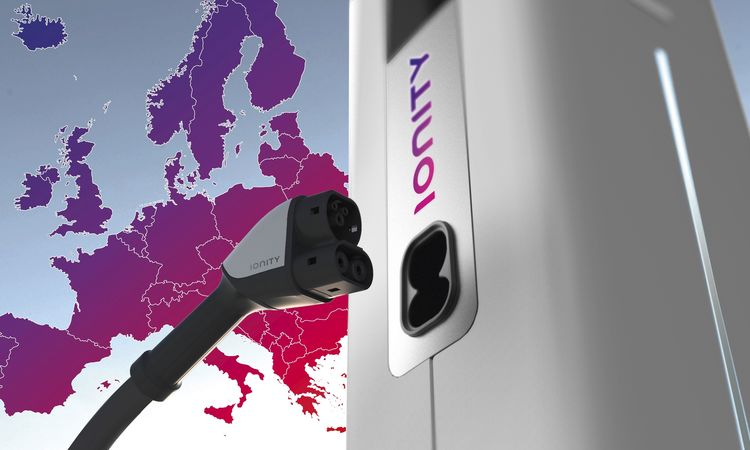
Ionity stations will serve vehicles equipped with the Combined Charging System (CCS or Combo Coupler), which support the sponsoring companies and General Motors but exclude Japanese & Korean automakers such as Nissan, Kia, and Mitsubishi (which use the CHAdeMO plug) and Tesla (which uses a proprietary plug and can use CHAdeMO chargers with an adapter). There is no adapter between high speed CCS and CHAdeMO or Tesla.
Ionity’s Strategic Partners
This week, Ionity announced partnerships with European gas station operators Shell, OMV, Tank & Rast, and Circle K, under which more than 200 locations will be constructed across eighteen countries. Ionity’s partnership is clearly mutually beneficial because automakers need to quickly deploy hundreds of fast chargers at convenient locations and gas station operators need to hedge their bets as sales of fully electric vehicles ramp up and the demand for gasoline falls. “By installing fast charging stations … we are taking the next step and gearing our service to the future needs of our customers,” says Jörg Hofmeister, Head of Electromobility at Tank & Rast.
An Evolving Business Model
The term “gas station” is increasingly becoming a misnomer as facilities shed vehicle repair services and grow to incorporate retail such as merchandise and fresh-made food along with seating and the kind of restroom that is acceptable even to discerning customers. By offering EV charging, which takes longer than filling up a gas tank, companies are positioning themselves to leverage their retail offerings, which also happen to deliver far higher gross margins than gasoline.
Certain companies in the U.S., such as Wawa and Sheetz, already include relatively extensive food and merchandise, while others are heavily investing in upgrades; Speedway, for example, is investing $380 million to build new stores and remodel/rebuild existing locations. Adding electric vehicle charging is a relatively modest expenditure, especially when the alternative is to lose customers entirely.
Infrastructure 2.0
In the U.S., the first wave of fast-charging infrastructure has been installed at retail locations such as shopping centers. With electric vehicle sales increasing, there will be a need for more chargers and more powerful chargers. Whether the next wave of chargers will be installed in similar locations, or whether the Ionity model will be expanded to the U.S., remains an open question.
Meanwhile, in addition to the inter-city use case targeted by Ionity, there are significant opportunities for charging within urban locations, at workplaces and multifamily housing, and for fleets.
Next Steps
To discuss the factors that go into the strategies discussed above, as well as the many other opportunities that exist, please contact me via my website or LinkedIn. I also invite you to subscribe to receive future posts via email, view my other posts, and follow me on Twitter.
